
Developer: Square Enix
Publisher: Square Enix
Platform: Switch, Game Boy
Tested on: Switch
Collection of SaGa: Final Fantasy Legend – Review
If you’re a Final Fantasy fan or a retro game enthusiast, there is a good chance that Collection of SaGa: Final Fantasy Legend piqued your interest when it was announced. Given the success of last year’s Collection of Mana, it should come as no surprise that Square Enix returned to their Game Boy backlog, dug up these games and repackaged them for modern audiences. Does the Collection of SaGa hold up as well as its Mana sibling or were these titles better off gathering dust in Square Enix’ vaults?
Story
Let’s start by addressing the elephant in the room: despite what the title may have you believe, the SaGa games presented here are technically not Final Fantasy games. Before you get out your torches and pitchforks, hear us out. Back when the games were originally released, Square Enix didn’t expect them to sell very well as their own thing, and they were localized under the Final Fantasy Legend banner in order to boost sales. The same tactic was also applied to the Seiken Densetsu series, which Western audiences know better as the Mana games. These also saw a rerelease last year, although the Final Fantasy moniker was dropped for that collection. It’s an important distinction to make, as the SaGa games are clearly their own thing, and the storylines might not play out the way you’d expect if you’re a Final Fantasy fan.
Both the Final Fantasy Legend and Final Fantasy Legend II see you climb a tower that is in the center of the world. The floors you visit along the way act as subworlds in a way, offering different environments and enemies. The first game follows the protagonist as he seeks paradise while the second title tasks you with the protection of mystical items. Final Fantasy Legend III shakes things up and offers a narrative built around time travel. While it may appear that we’re glossing over the stories here, keep in mind that these are Game Boy titles. As such, the focus is heavily on the gameplay, and any in-game dialogue is very limited, with sentences that are more often than not written so poorly that they are difficult to understand. While there is a decent amount of lore to be found here, you’ll find the fleshed-out versions of these stories elsewhere, as the narrative is literally too big to fit on a Game Boy cartridge.
Collection of SaGa offers expansive worlds filled with a menagerie of different enemies. It’s quite impressive just how much variety Square Enix managed to cram onto a Game Boy cartridge. The sprites are charming, with fantastic enemy designs, and even the overworld character sprites manage to surpass expectations. The game isn’t visually impressive by modern standards, but if you keep in mind that you’re looking at three-decade-old Game Boy titles, then everything has stood the test of time remarkably well. If you’ve picked up the Mana games, then you’ll recognize SaGa’s visual style, as it’s near-identical to the first game in that collection. Also included here are options to change the screen size and a myriad of backgrounds to fill the screen while playing the games.
Sound
Nobuo Umematsu’s soundtrack work is always good, and the tunes he composed for these games are fantastic. Even so, out of the three titles, Final Fantasy Legend II takes the spotlight here with some of the catchiest music to ever have come from a Game Boy Speaker. We should also point out here that, while the game does include a speed-up option, (more on that in the Gameplay section of this review) the music doesn’t speed up while using this function. This means that no matter at what speed you play, you’ll be able to enjoy the fantastic soundtrack.
Gameplay
All three games included in the bundle are turn-based JRPG titles, where you gather a party of misfit adventurers and head out on a quest, take on enemies in turn-based battles and save the world. This might sound like the trilogy doesn’t stray from the familiar tropes of the genre, but the series has earned somewhat of a reputation for offering an experience that differs significantly from other RPGs from the same era. Not only are they more difficult than what you’d expect from 30-year-old Game Boy RPGs, but the in-game progression system can be difficult to wrap your head around. In fact, if you’ve never played a SaGa title before, then everything feels a bit overwhelming, starting with your very first task: class choice. When you boot up Final Fantasy Legend, you’re immediately asked what class of character you want to be. Unfortunately, the game doesn’t put in any effort to tell you the strengths and weaknesses of each class, so unless you do your research first, there is a good chance that you’ll end up with a protagonist character that doesn’t quite fit your playstyle.
This is somewhat mitigated by the fact that your party can have up to four characters. Even so, things can get frustrating while you’re still figuring things out. The meat-eating mechanic for the Mutant class, for example, is essential in making the characters work but isn’t very intuitive to figure out on your own. Eating meat determines your strength, but the side-effect is that you can actually get weaker when eating different kinds of meat, something that baffled us until we actually looked up what exactly it was that we were doing wrong. Given that this is a fundamental gameplay element, this lack of information can really ruin your experience with the titles.
What doesn’t help here is the absence of a digital manual explaining how the mechanics work. Back in the day, physical manuals were included with Game Boy cartridges of course, but these days, you’re often left to your own devices in figuring out how stuff works when visiting retro games. As such, you’ll probably be spending some time looking stuff up online. Once you’ve gotten to grips with what makes these games tick, however, you’re looking at about 40 hours of gameplay when playing at normal speed, but this number can be reduced by making use of the speed-up function that has been added for this collection. This is a welcome addition, as battles in the game can feel a tad slow at times. Rounding things out are a number of tweaks and optimizations that make the package feel more polished, such as on-screen buttons, allowing you to play the game on the touch screen. While a nice touch, the feature feels redundant, as using the physical buttons of a controller feels infinitely nicer, and of course, this function doesn’t work in docked mode. In the same vein is a feature that allows you to turn your Switch sideways, with the Joy-cons removed. This changes the screen layout to that of an original Game Boy. While a bit more interesting than outright using the on-screen buttons, it’s little more than a novelty feature that is fun for a few minutes.
The games themselves are relatively simplistic affairs, and there definitely is a sense of progress throughout the series. This is because all three titles share the same core mechanics, but each subsequent game expands on ideas introduced in the predecessors. That said, the games do feel dated and simplistic, despite the apparent difficulty level. It’s not exactly fair to compare the Collection of SaGa to Square Enix’ other titles from the same era, such as the aforementioned Mana games or even the OG Final Fantasy titles, but the painful truth is that the SaGa games just aren’t up there with them. Thankfully for SaGa fans, however, the series continued, eventually shedding the Final Fantasy moniker, and the modern incarnations of the series are a far cry from these Game Boy titles. If you’re a fan of SaGa, then these games are probably worth a look at, if only as a bit of history, but the collection isn’t a very good entry point in the series.
Conclusion
All the bells and whistles can’t hide the fact that you’re still paying a relatively large amount of money for three Game Boy ROMS, and this is probably SaGa’s biggest letdown. No matter how you look at it, there is no reason why this bundle is being sold for €19.99. The price would have been justified had it included localisations of the DS remakes for the 2nd and 3rd game that Japan got, as these were never released in the West, but instead, you’re getting three titles that are struggling to keep up with modern standards. As it stands, this bundle isn’t very appealing to newcomers to the series, and those that are nostalgic about the titles have probably bitten the bullet on the asking price already.
Collection of SaGa: Final Fantasy Legend - Review,2 Comments
Leave a Reply
You must be logged in to post a comment.

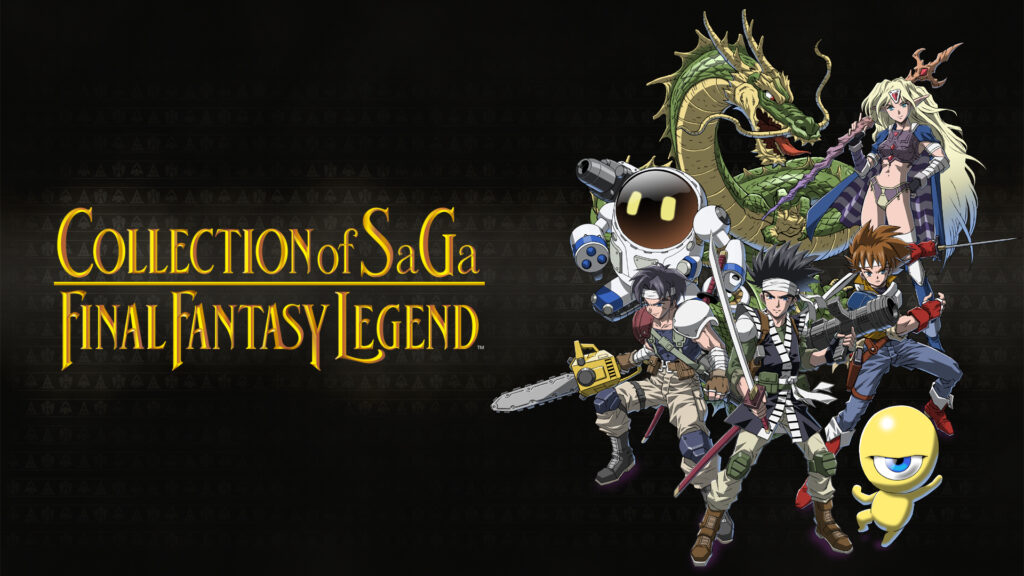
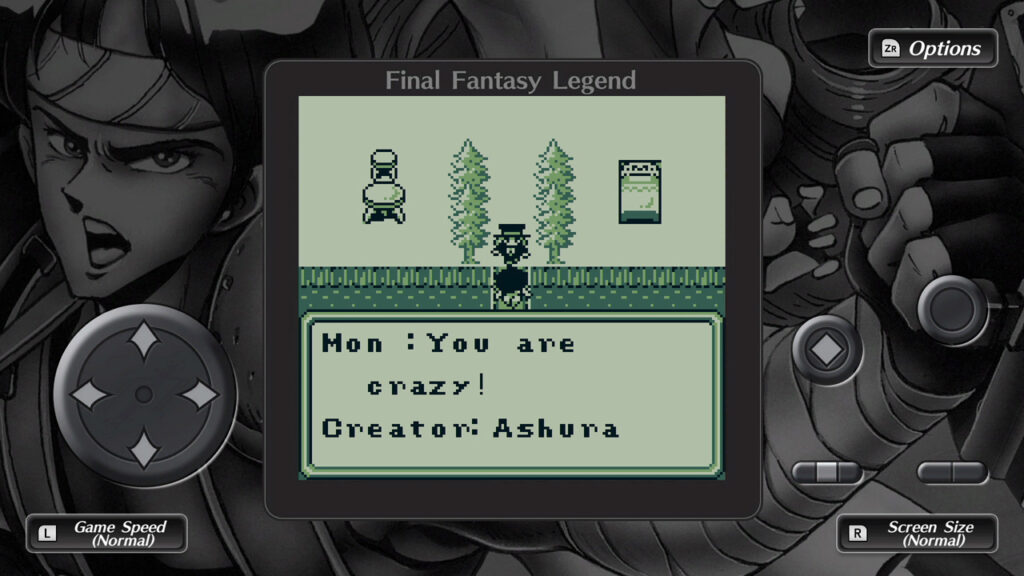
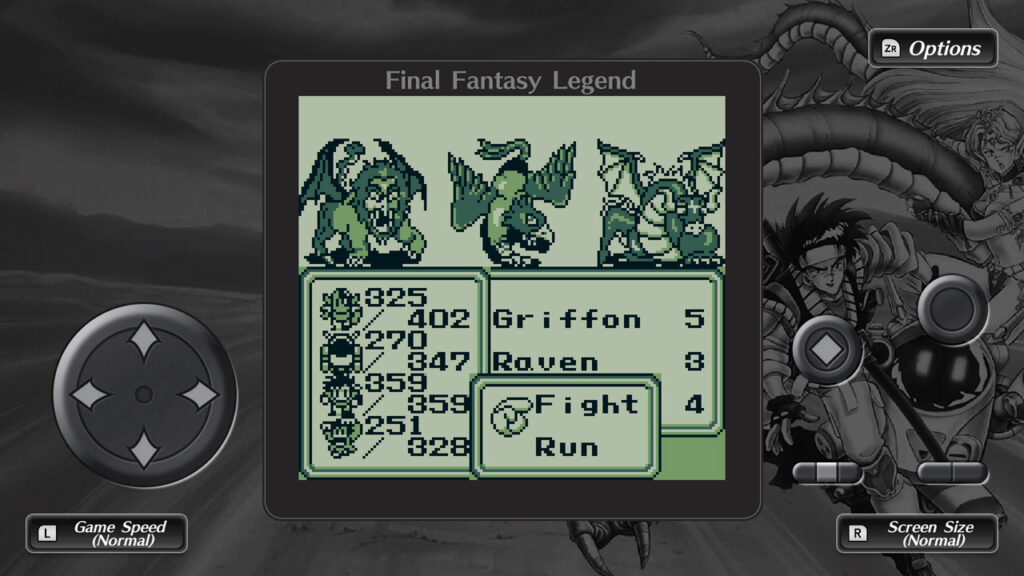
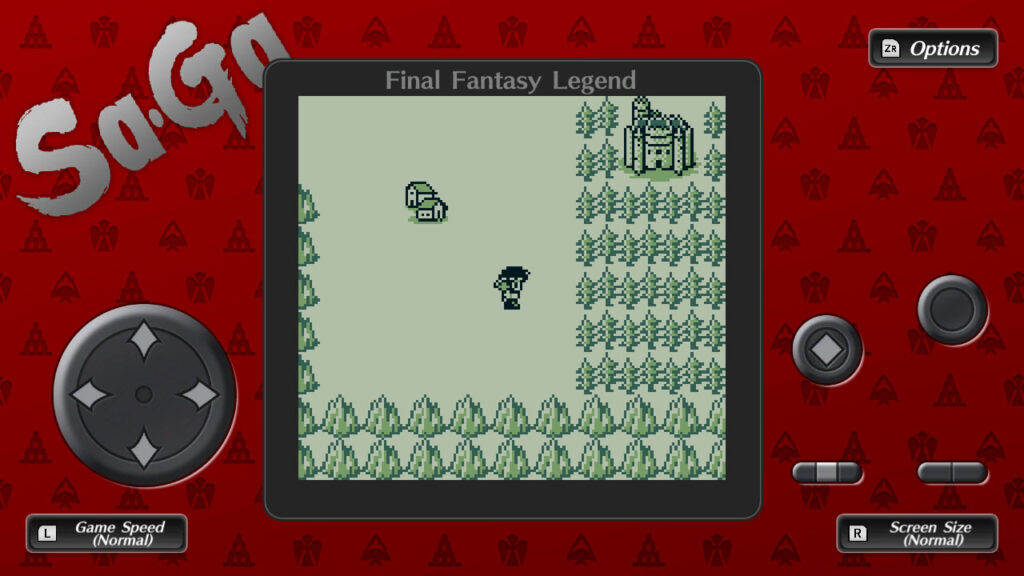


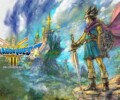
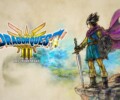
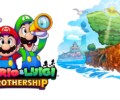
[…] entries in the SaGa franchise, such as the Game Boy titles included in Collection of Saga: Final Fantasy Legend, presented us with a fantasy setting but SaGa Frontier Remastered full-on plays the sci-fi card. […]
[…] two years ago, we took a look at Collection of SaGa: Final Fantasy Legend on the Switch, which bundled Square Enix’s first three SaGa games together in a handy package. If […]